[Op-Ed] COLOMBIAN AMAZON, LUNGS OF THE WORLD, EXUBERANT NATURE, ANCESTRAL PEOPLE AND BIODIVERSITY
In this article 6 we will tour the Colombian Amazon region.
MORE IN THIS SECTION
In this article 6 we will tour the Colombian Amazon region. However, it is necessary to specify that the Amazon as a large biome, comprises 5 million square kilometers, being the largest tropical forest in the world that extends over the South American continent, shared by Bolivia, Brazil, Colombia, Ecuador, the Guianas, Peru, Suriname and Venezuela. It is made up of diverse and incredibly varied ecosystems that include rainforest, mountains, savannahs, mangroves, coastal ecosystems and permanently flooded areas.
September 5 was established as Amazon Day, a date created in 2008 by Brazilian federal law, with the aim of raising awareness and drawing attention to the need to protect these biotic areas by the countries that share them.
In Colombia, the Amazon region covers 22.3% of the total Colombian territory (including the marine) and represents 42.3% of the continental part. It includes the southern part of the department of Vichada; the southeast of Meta; the entire territory of the departments of Guainía, Guaviare, Vaupés, Amazonas, Putumayo and Caquetá; the Bota Caucana in the department of Cauca and the Amazonian slopes of Nariño (The upper part of the Guamuez, Sucio, San Miguel and Aguarico rivers and a total of 79 territorial entities, divided as follows: 61 Municipalities and 18 non-municipalized areas.

Map 1. In green the Colombian Amazon
The Amazon Is Exuberant Nature And Biodiversity
The biodiversity of the Amazon region is considered the most important in the world, with a number of animal and plant species that could even exceed the species in the oceans. The high temperatures of the Amazon rainforest favor the development of dense, lush and evergreen vegetation that behaves like the lungs of the world because it functions as a large sink for greenhouse gases, which are trapped in the plant cover. Vegetative cover is also a great producer of oxygen.
Additionally, the Amazon region of Colombia is home to thousands of species. The Sinchi Institute points out that there may be approximately more than 3,798 species of fauna and approximately more than 17,531 species of flora. This region is the habitat par excellence of the jaguar, river dolphins, capybara, toucan, macaw, anaconda, sloth, giant river otter, tapir and numerous snakes, as well as the refuge of many endangered species such as river dolphins and jaguars.
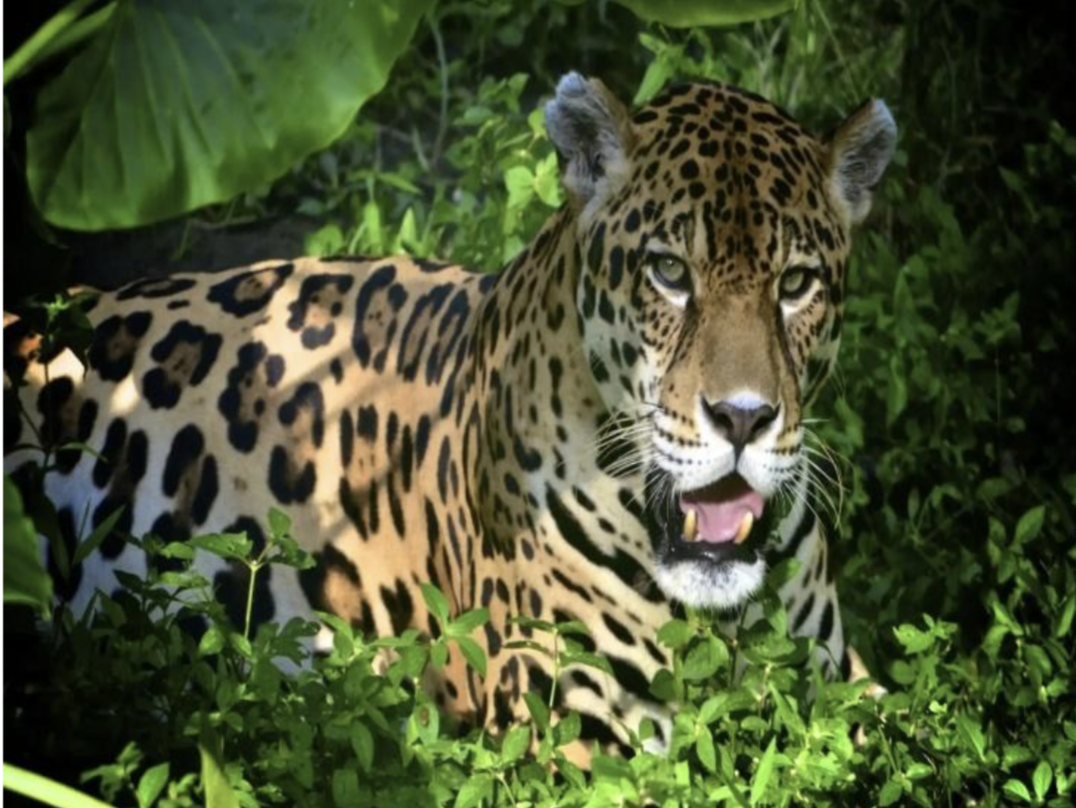
Photo 1. The majestic jaguar is the largest feline that lives in Central and South America, larger than the mountain lion, and ranks third in size worldwide, only surpassed by African tigers and lions. These amazing animals have vivid orange fur covered in black rosettes, disguising them perfectly amidst dense vegetation. Jaguars are typically solitary animals known for their powerful bite and remarkable hunting skills, inhabiting the Colombian Amazon. Source
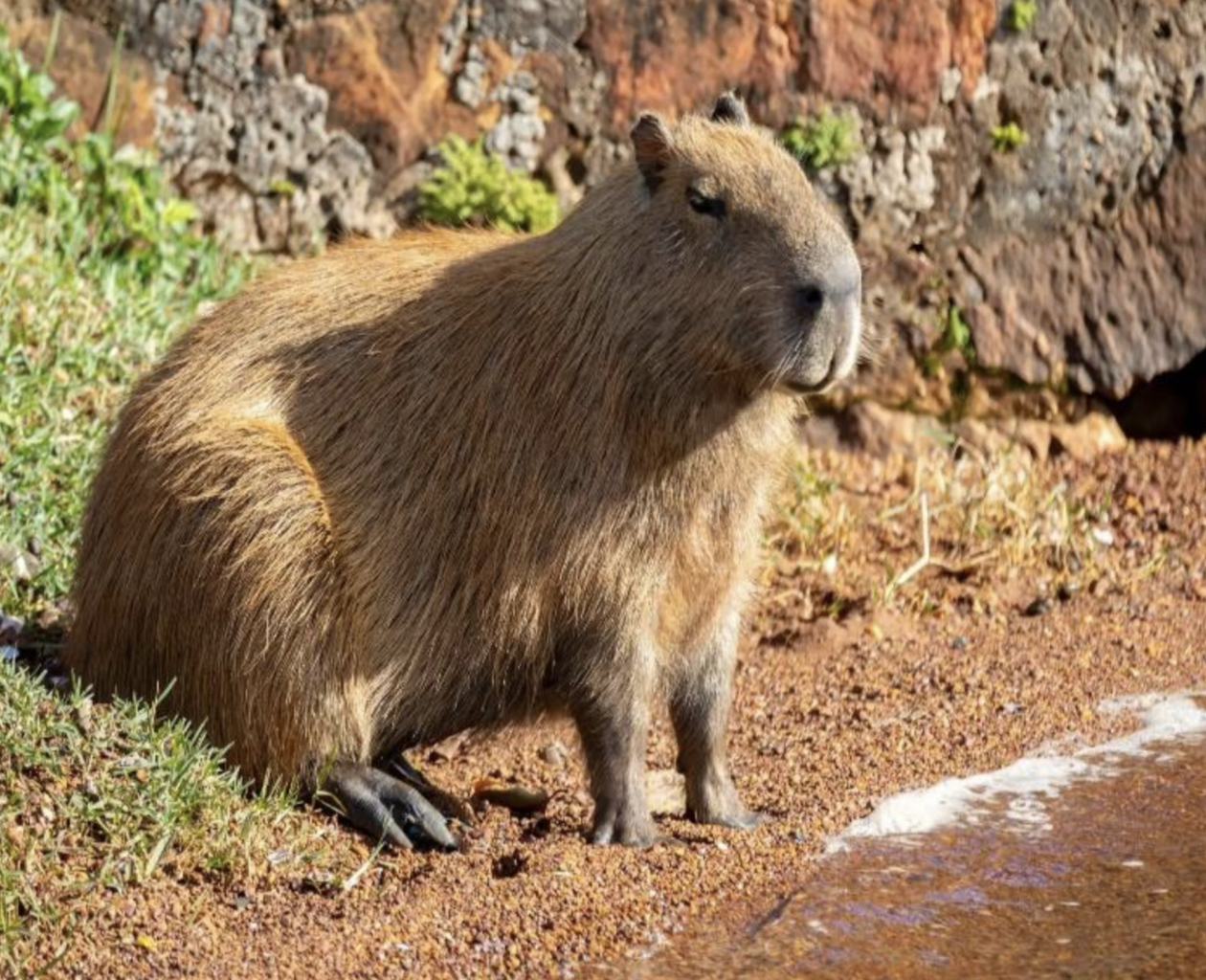
Photo 2. The Capybara is the largest rodent in the world, weighing up to 66 kilograms. They are sociable creatures, they walk in packs with around 20 individuals. They are exceptionally dexterous, able to remain below the surface of the water for approximately five minutes, a characteristic that allows them to evade detection. Living in the Amazon of Colombia. Source
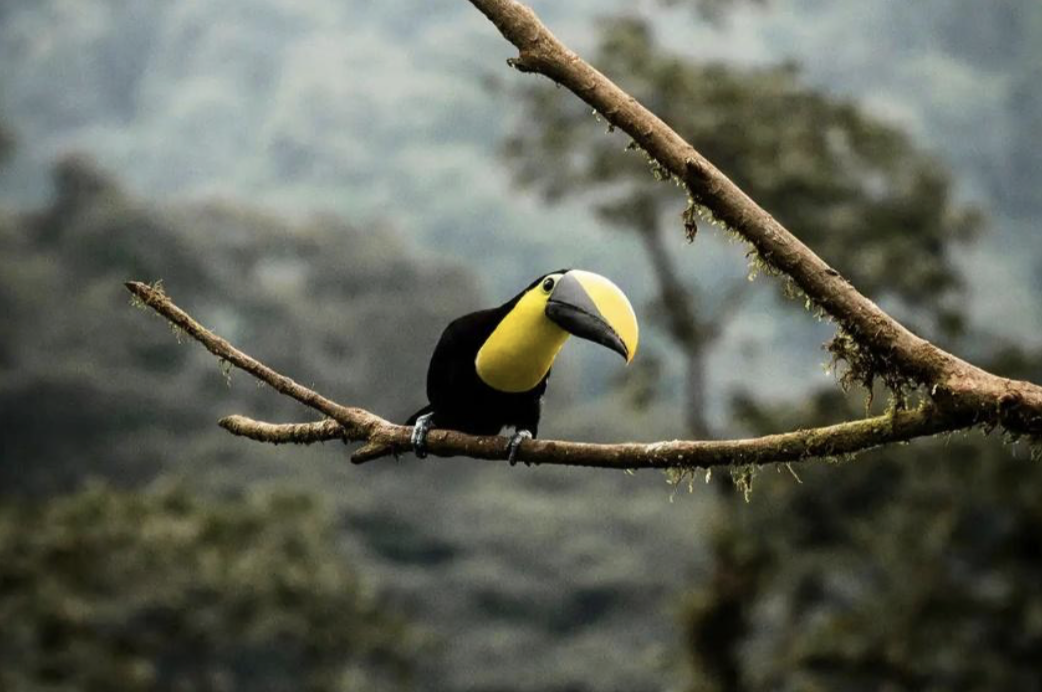
Photo 3. The toucan, a colorful bird with a long curved beak, which extends to a distance of up to twenty centimeters. Their large beaks help them obtain food and regulate their body temperature. They are common throughout the Amazon rainforest, especially in areas with fruit trees. Source
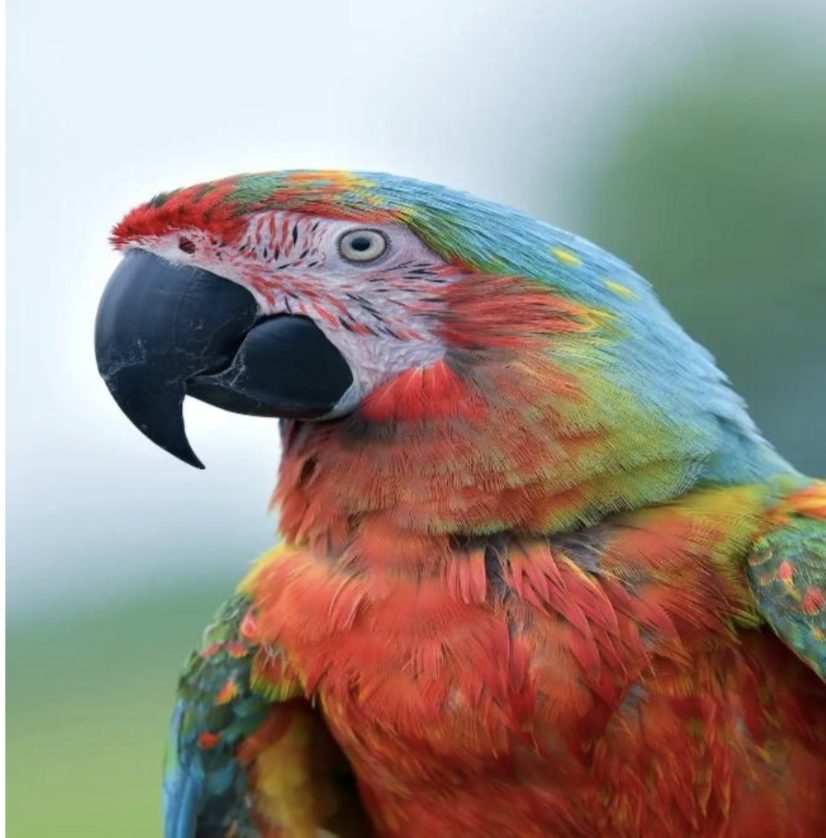
Photo 4. The macaw, a beautiful bird with vibrant plumage, is one of the most recognizable inhabitants of the Amazon rainforest, with the ability to imitate human and other sounds and walk in flocks. They naturally exhibit a sociable nature and forms lasting bonds in pairs. They commonly nest high in the leafy rainforest canopy. Source
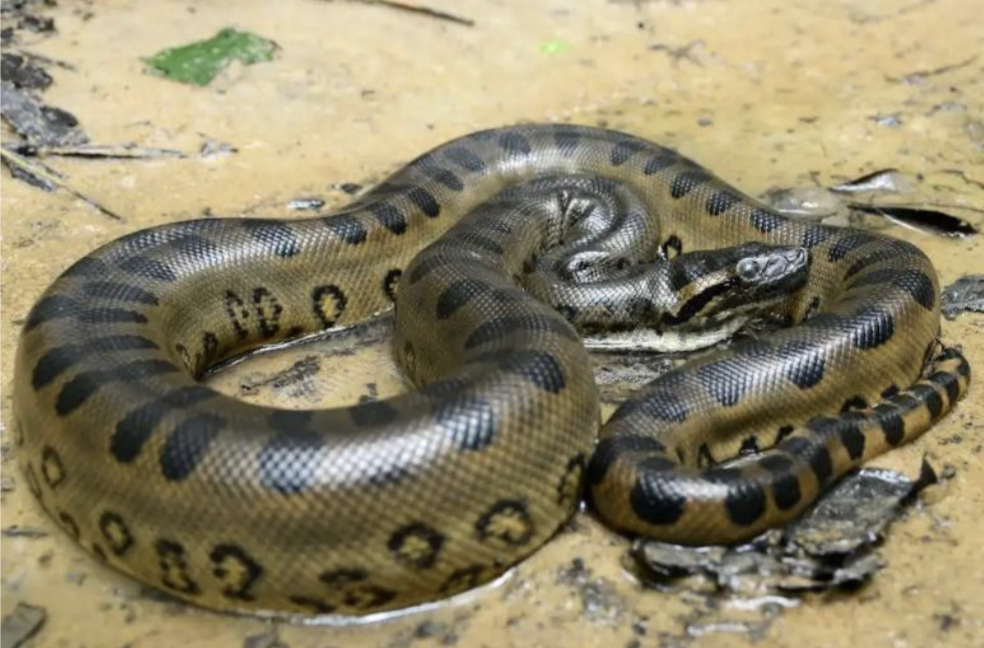
Photo 5. The anaconda, a giant snake measuring almost 9 meters and weighing 90 kilos, stealthily near water sources in the Amazon. Source
Ancestral Peoples Coexist Between Tangibles And Intangibles And As Caretakers Of The Amazon
Throughout the Colombian Amazon region, 26 indigenous peoples are registered with an approximate population of 47,000 members. 14 linguistic families stand out, among which the most numerous are the Tukano, Arawak, Tikuna, Huitoto and Tupí families. Among them, they maintain close networks of cultural exchange, configuring the corridors of the Amazonian Foothills, Carijona, Huitoto, Gran Vaupés, Mirití-Paraná and Tikuna. Furthermore, each town has a complex and rich cosmogony, where the tangible and the intangible are interwoven as a vital expression and as a possibility of living together in a union between people and nature. Thus, for example, for the Tatuyos, respectful coexistence with invisible beings, with the spirits of the elements, plants and animals, is assumed as the source of cosmic balance.
“Our tribe descended from heaven, and continues to purify, understand and respect other tribes. This is how everyone from each tribe was born... others are from the land, that is, yepamasá or aímaja. Those are earthly. They are people of the land. There are other people from Oaímasa, who are fish people. Also, there are wooden people, and stone people. Everything that exists has a spirit in its heart.” Words from Agustín Muñoz, expert from the Tatuyo del Vaupés Clan, teaching that the jungle is ruled by spirits of beings that failed to become humans. They are stone people, tree people, earth people who should not be wronged. (Daniel Santa en https://www.radionacional.co/cultura/tradiciones/cosmovision-de-los-pueblos-indigenas-en-la-amazonia)
RELATED CONTENT
For the ancestral peoples of the Amazon, respect, care and reciprocity with nature and among humans are fundamental to living in harmony, to living well. As Agustín of the Tatuyo clan reaffirms, “Nature is people, they are humans like us. If we do not ask their permission, we are harming the person, we are at war against them who are a person and are also nature. That's why they punish us every day, with storms, drought, floods, landslides because we want to beat them. We indigenous peoples communicate with the spirits of all-natural beings, with nature, with the spirits of fish and other animals, we ask them about things, we ask them when we can hunt, when we can fish."
The indigenous peoples of the Amazon understand and invite us to understand that our existence is intimately linked with the existence of the ecosystems of the Amazon, with the existence of its biodiversity. They have understood and live in the knowledge that the Amazon helps mitigate the climate crisis, because in addition to being a carbon reserve, it is also key to stabilizing and regulating regional and global climate patterns, because the water vapor that It is released there and generates “flying rivers” in the atmosphere, influence the rainfall in the region. For the Andean-Amazonian countries, the interaction between mountains and forests dominates climate and biodiversity patterns.
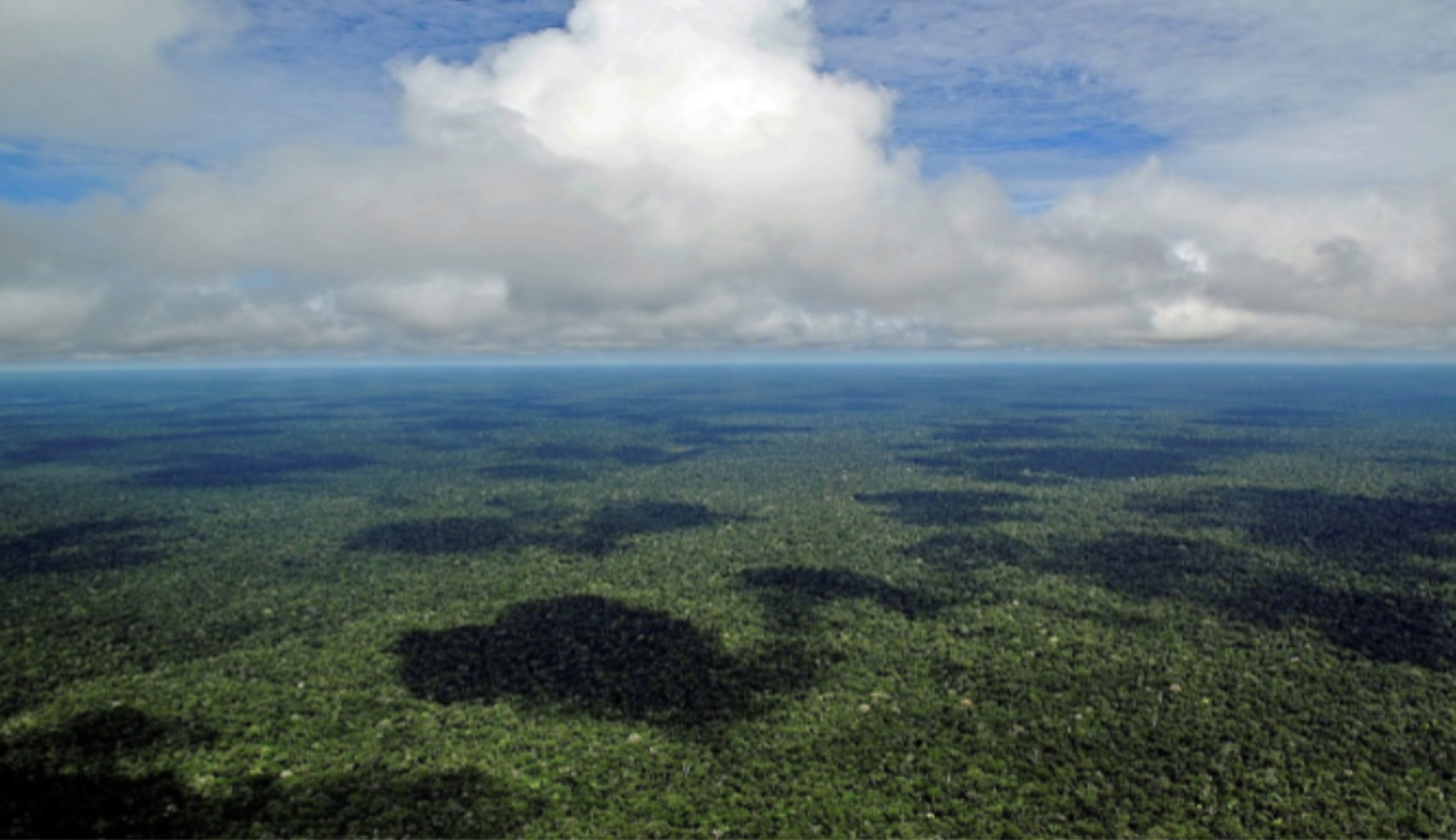
Photo 6. Flying rivers of the Amazon. Source: This photograph by unknown author is licensed under CC BY-SA
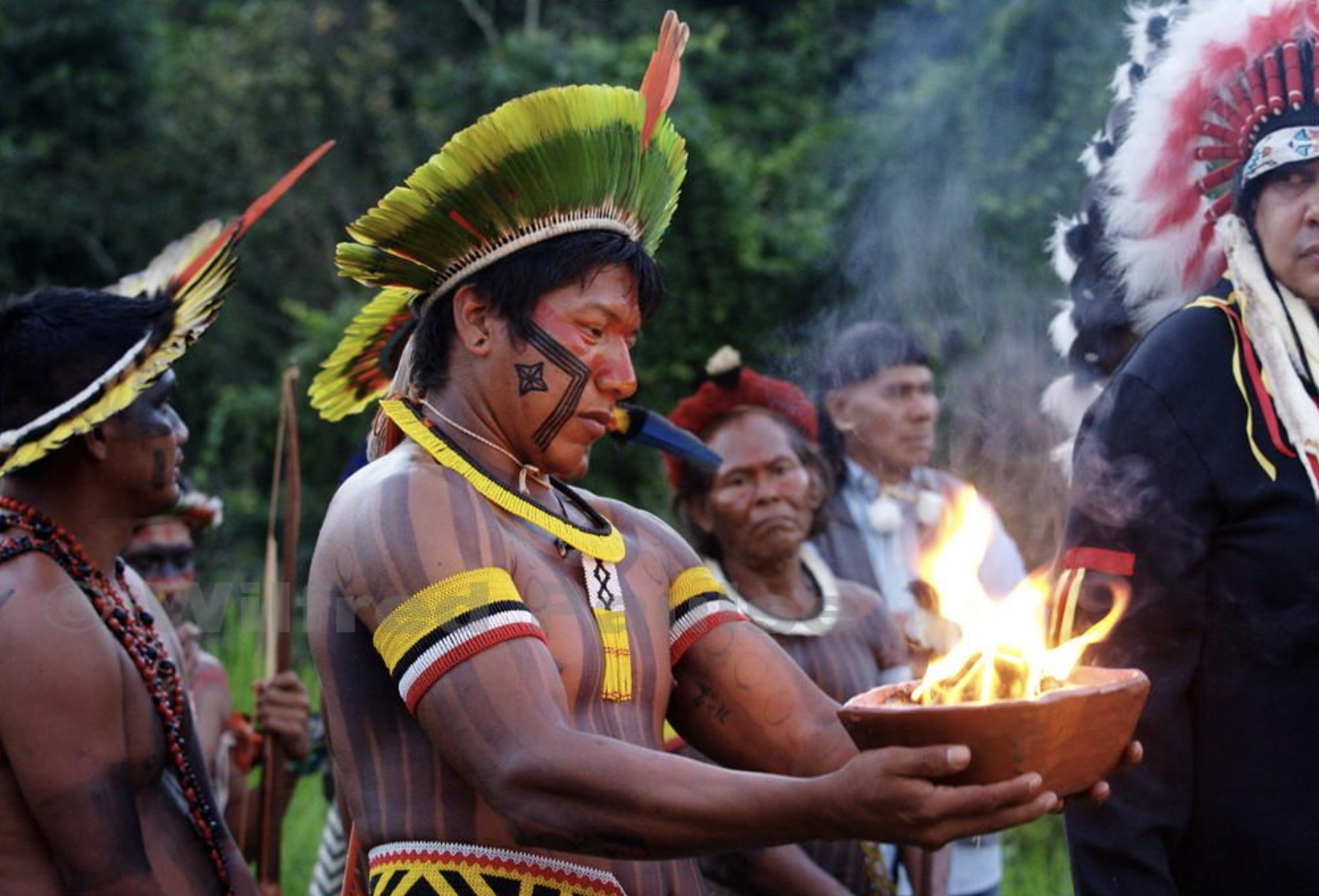
Photo 7. Indigenous peoples, ancestral inhabitants of the Amazon, offer “pagamentos” to the spirits of nature. photo by unknown author is under CC BY-NC-ND license
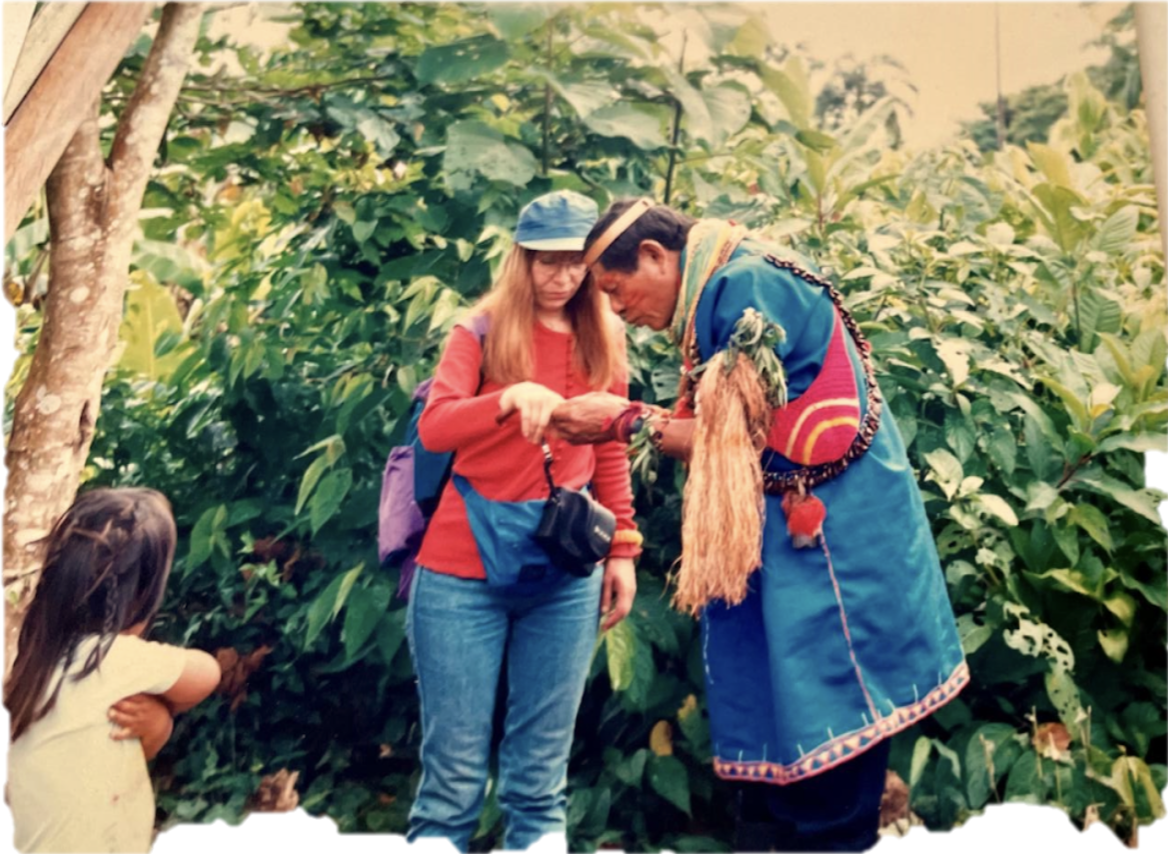
Photo 8. Lucía Vásquez Celis with “Taita”, Spiritual Doctor of the Amazonian People, curing a poisonous worm bite.
The Colombian Amazon Is Also Protected Areas
“The protected areas of the Colombian Amazon are key in the fight against climate change: Protected areas are vital to help communities and nature adapt to climate change, maintaining or increasing the health of ecosystems, their integrity and the connection between them. These areas can cushion the impacts of extreme climate events and guarantee ecosystem services such as drinking water and food. In the Colombian Amazon there are 7 National Parks, two Natural Reserves, in addition to the Corota Island Flora and Fauna Sanctuary, and the La Cocha Ramsar site, both located in the Department of Nariño” (WWF Colombia).
The Amazon Needs Us. Its Wealth And Functionality Are Threatened. Your Risk Is A Risk To Humanity
“Never before in history has the Amazon been so threatened. Agriculture, livestock, mining and the construction of infrastructure and hydroelectric dams are activities that put the integrity of their ecosystems at risk. And although the Protected Areas are shields for their conservation, this region has lost a large part of its forest.” (WWF Colombia)
Within the framework of COP16, to be held between October 21 and November 1, 2024 in Cali, when the countries present their National Biodiversity Strategies and Plans, “Colombia, the country of beauty”, will once again make the call for Peace with Nature, for the defense of the Amazon, for the defense of its ancestral peoples.



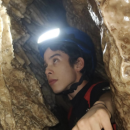

LEAVE A COMMENT: